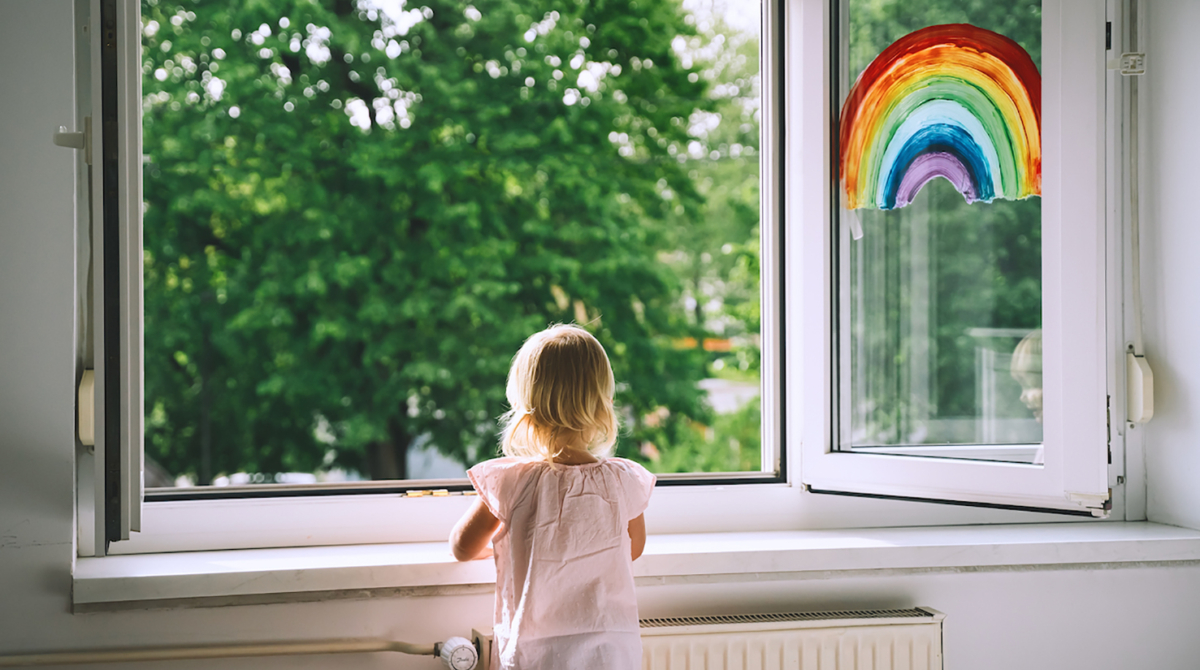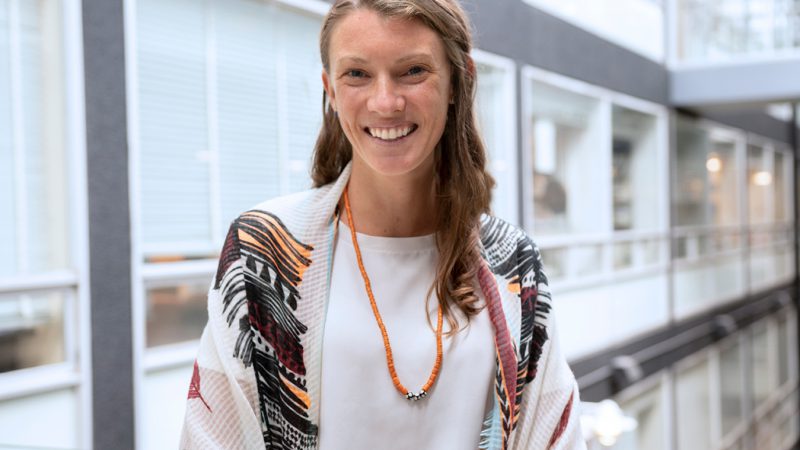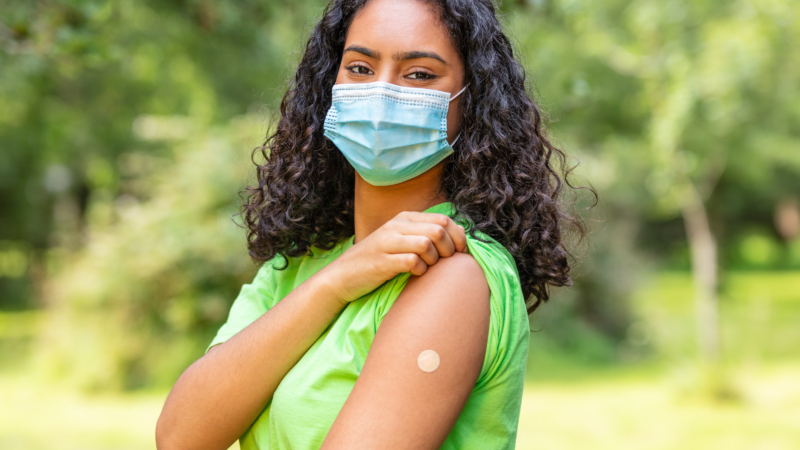Retail stores, restaurants, child care centers, and hotels are starting to reopen. However, it’s anything but business as usual in Vermont.
Governor Phil Scott recently extended the State of Emergency in Vermont to July 15. Meanwhile, state data and modeling show that the overall spread of COVID-19 continues to be limited, even as the state has seen an outbreak with about 100 cases in the Winooski and Burlington areas.
According to Johns Hopkins University, more than 8 million COVID-19 cases have been reported worldwide, with 445,000 coronavirus-related deaths.
As states across the country continue to reopen and ease restrictions, public health experts say there are ways to limit the spread of the COVID-19 pandemic.
“Based on the most recent flu pandemics, this outbreak will likely last 18 to 24 months,” says Jan Carney, MD, MPH, Associate Dean for Public Health and Health Policy at the UVM Larner College of Medicine. “It likely won’t be halted until 60 to 70 percent of the population is immune—or there’s a vaccine.”
Carney and Patsy Kelso, the State Epidemiologist for Infectious Disease at the Vermont Department of Health, recently participated in a UVM CDE webinar, “The New Normal: How We Reopen & Protect Public Health.”
Social distancing, wearing a cloth mask, canceling large events, and contact tracing are just some of the guidelines Carney and Kelso addressed during the webinar.
Community Mitigation Strategies to Protect Public Health
Community mitigation strategies—also known as non-pharmaceutical interventions (NPIs)—are actions, apart from getting vaccinated and taking medicine, that people and communities can take to help slow the spread of the pandemic.
Carney says when it comes to NPIs, there are three categories to consider: personal, community, and environmental.
Personal
- Staying home if you are sick
- Covering coughs and sneezes
- Washing hands often
- Wearing a cloth face covering
Community
- Creating space between people (physical distancing)
- Temporarily closing schools
- Postponing large public events and restricting gathering size
Environmental
- Cleaning frequently—touched surfaces and objects (such as cell phones)
“There are studies suggesting that the novel coronavirus may remain on surfaces for several days,” Carney says. “By and large, the most significant is respiratory spread, which is why it’s important to stay six feet apart.”
COVID-19 In Vermont
Vermont’s first case was reported on March 7. Since then, the number of cases has increased in the state to over 1,100.
At the Vermont Department of Health, Kelso says 50 trained professionals are conducting contact tracing. In essence, contact tracing is used to break chains of transmission, to manage outbreaks, and to prevent future waves or surges of cases.
Kelso says contact tracing involves connecting with every positive case and interviewing them to find out where they’ve been and who they have spent time with while they were contagious. People who test positive for COVID-19 are encouraged—but not required—to enroll in the Sara Alert system. Their close contacts, as well as people in quarantine due to travel, are also encouraged to enroll.
Sara Alert is a free, automated, and secure reminder system to assess how cases are doing, and check for common symptoms of COVID-19 among people in quarantine. People who have tested positive for COVID-19 and people in quarantine can get daily check-ins by email, text, or phone. If symptoms are reported in someone in quarantine, a contract tracing professional from the Health Department will reach out to provide guidance and next steps. It’s important to note that Sara Alert is not GPS-based to monitor a person’s movements. Information about how to enroll in Sara Alert is on the Health Department’s website.
As Vermont and other states reopen and the public experiences quarantine and social distancing fatigue, Kelso stresses that it’s critical to remain mindful of risks related to the novel coronavirus.
“We should remind ourselves that we haven’t done anything like this in the world or in the United States since 100 years ago, since the 1918 influenza outbreak,” she says. “It’s important though, this virus is still around, and there is no vaccine. We can do community mitigation—physical distancing, cloth facial covering—and when there is a vaccine, that will help us restart. But in the meantime, we need to take it slow.”




